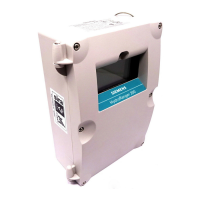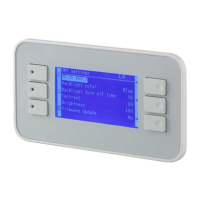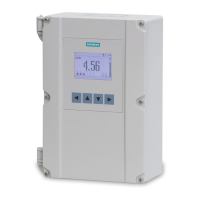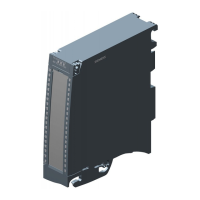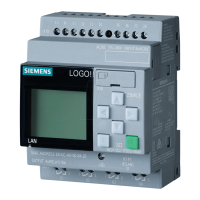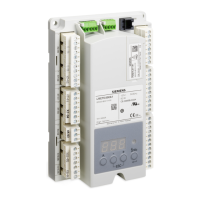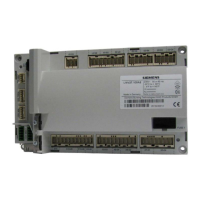hwc_vnsconfiguration.fm
A31003-W1040-U101-1-7619, July 2006 DRAFT
HiPath Wireless Controller, Access Points and Convergence Software V4.0, C10/C100/C1000 User Guide
127
Virtual Network configuration
To p o l ogy fo r a V N S
To enable management traffic on a VNS:
1. From the main menu, click Virtual Network Configuration. The Virtual Network
Configuration screen appears.
2. In the left pane Virtual Networks list, click the VNS you want to enable management traffic
for. The Topology tab is displayed.
3. Select the Allow mgmt traffic checkbox.
7.1.1.3 Enabling third-party APs on a VNS
Configuring a VNS for third-party APs is only available with SSID network assignment. Use this
function as part of the process defined in Chapter 9, “Working with third-party APs”.
A third-party AP VNS allows for the specification of a segregated subnet by which non-HiPath
Wireless APs are used to provide RF services to users while still utilizing the HiPath Wireless
Controller for user authentication and user policy enforcement.
To enable third-party APs on a VNS:
1. From the main menu, click Virtual Network Configuration. The Virtual Network
Configuration screen appears.
2. In the left pane Virtual Networks list, click the VNS you want to enable third-party APs for.
The Topology tab is displayed.
3. Select the Use 3rd Party AP checkbox.
The definition of third-party AP identification parameters allows the system to be able to
differentiate the third-party AP device (and corresponding traffic) from user devices on that
segment. Devices identified as third-party APs are considered pre-authenticated, and are
not required to complete the corresponding authentication verification stages defined for
users in that segment (typically Captive portal enforcement).
In addition, third-party APs have a specific set of filters (third-party) applied to them by
default, which allows the administrator to provide different traffic access restrictions to the
third-party AP devices for the users that use those resources. The third-party filters could
be used to allow access to third-party APs management operations (for example, HTTP,
SNMP).
4. To save your changes, click Save.
>
Third-party AP devices are not fully integrated with the system and therefore must
be managed individually to provide the correct user access characteristics. Also,
third-party AP devices must be defined in bridge mode so that user traffic is directly
transposed to the third-party AP subnet and picked up by the HiPath Wireless
Controller for forwarding and policy enforcement.

